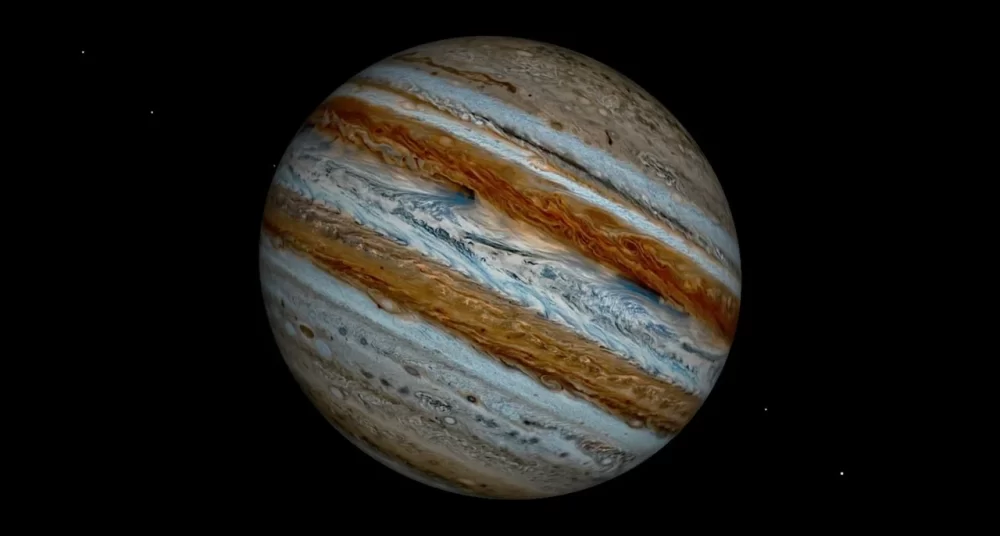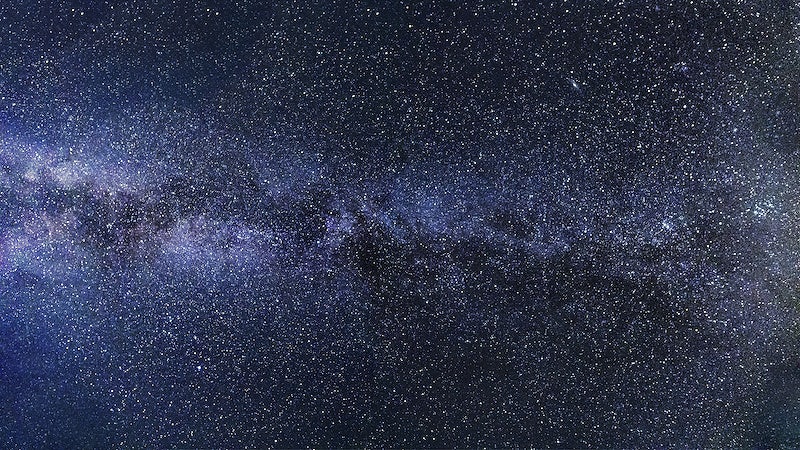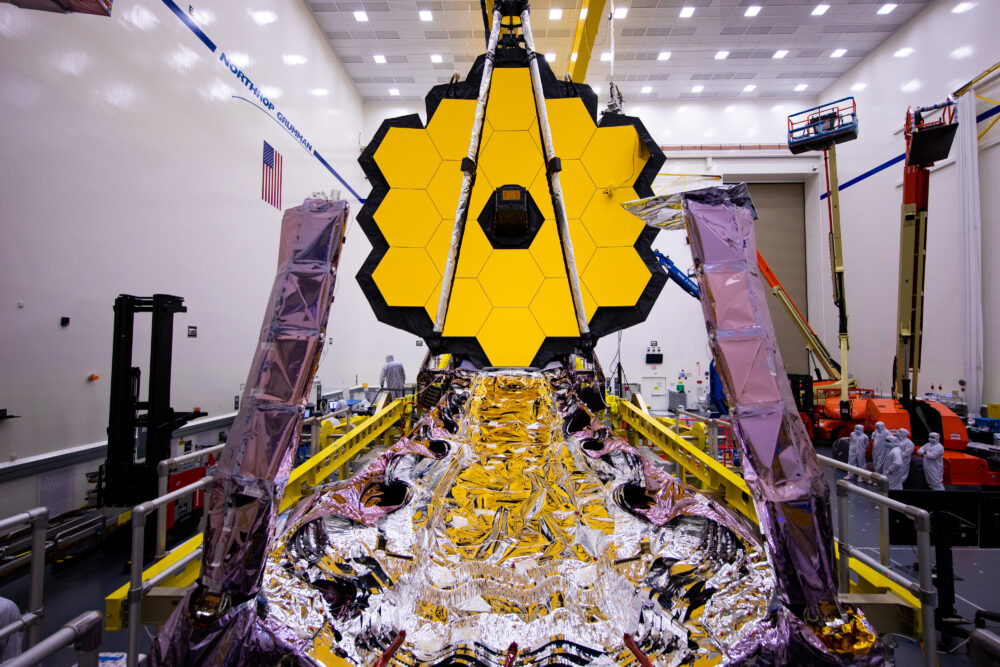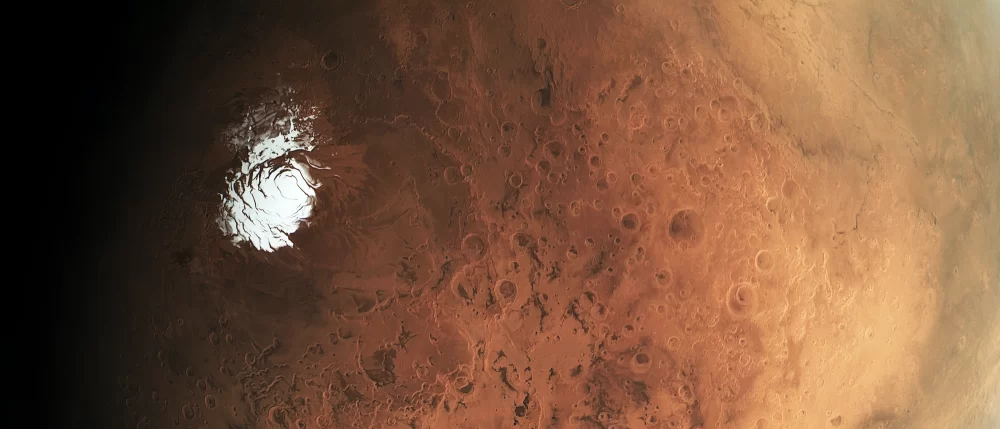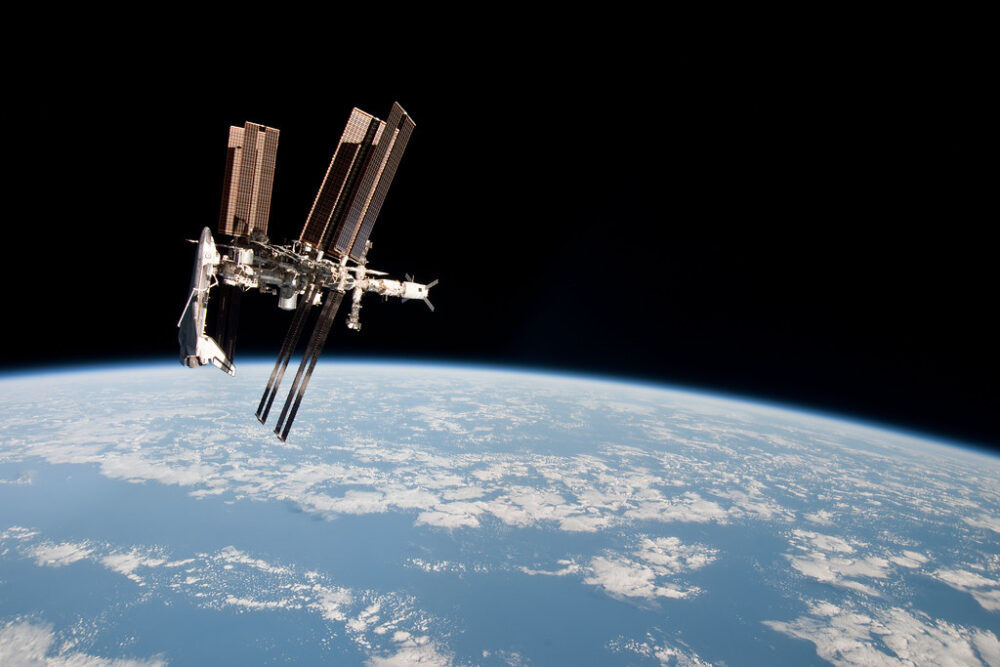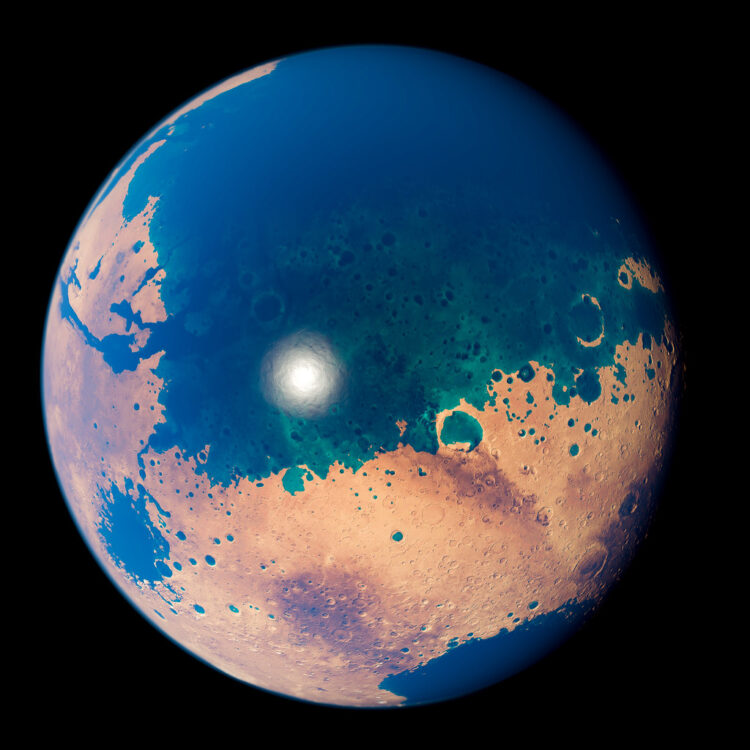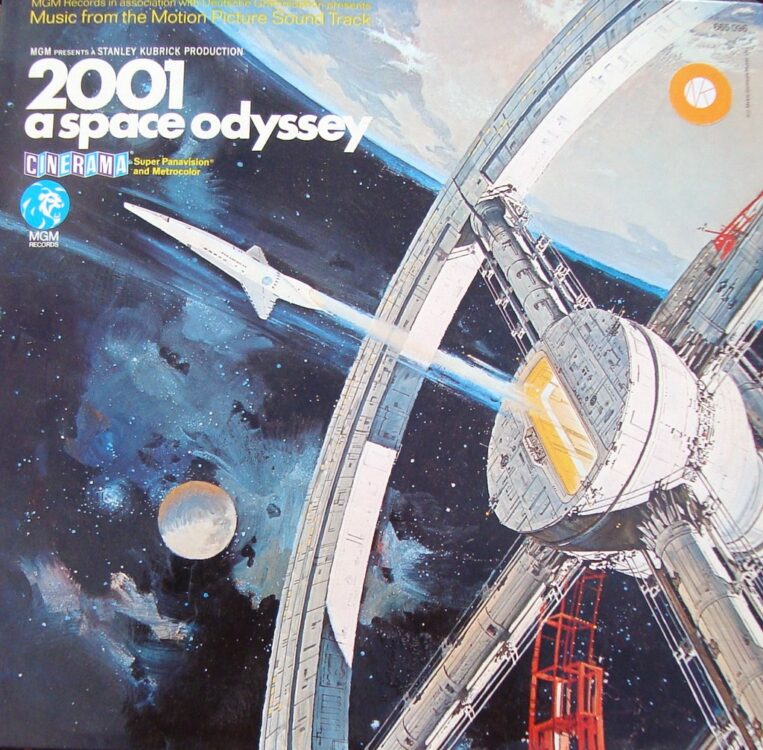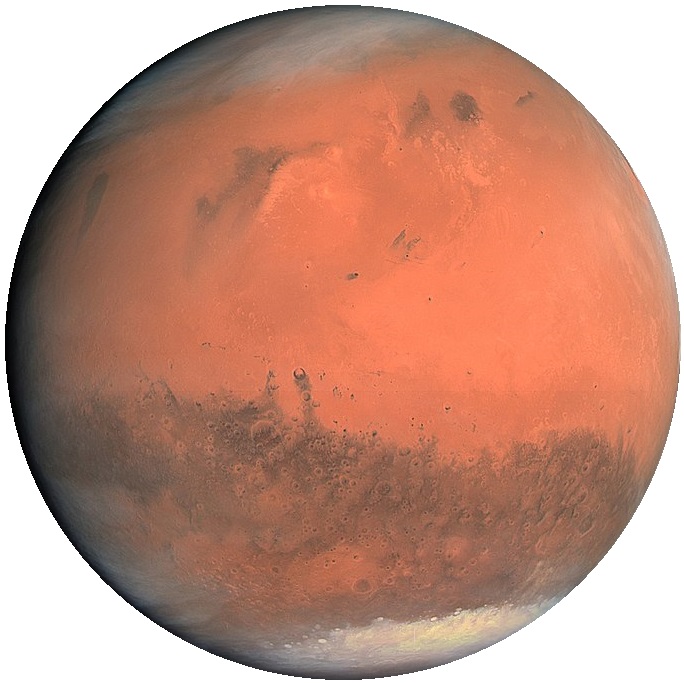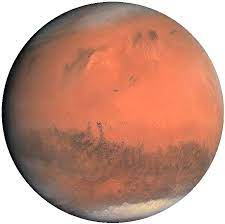Jupiter’s rings: a lesser-known astronomical phenomenon
The rings of Saturn, the sixth planet and second gas giant from the sun, are no mystery. Merely tannish-brown at first glance, with more recently discovered gray and pink tones, Saturnian rings are much brighter than those of Jupiter, the fifth planet and first gas giant from the sun. While all four gas giants (Uranus […]
Jupiter’s rings: a lesser-known astronomical phenomenon Read More »
